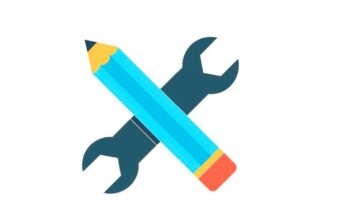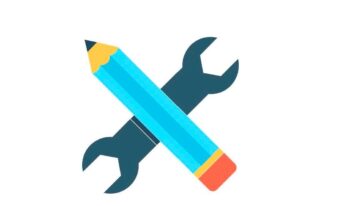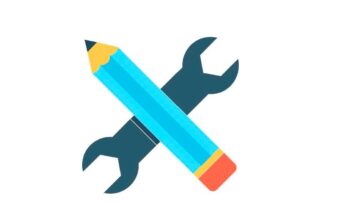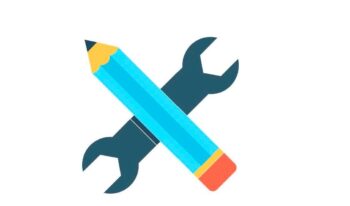The purpose of this phase is to understand the community better, gain trust in each other and create an atmosphere of shared interest in making animal welfare improvements. This phase is different and separate to the scoping assessments done when selecting areas to target for project work. Listen, observe, and demonstrate genuine interest in community members, their lives, values, and what is important to them both generally and in terms of their animals. Here is where relationships are built, understanding is gained about the community, its environment, the stakeholders, and resources; it is all about creating a two-way dialogue.
Refer to the facilitator resource 10. Resources Supporting Initiation Phase Assessments for an overview of key information and observations to explore during the rapport building and community needs assessment steps that follow. Please ensure you have read the Essential ethical considerations for working with communities before you proceed.
ATTENTION!
During this stage, it is important that no intervention activities are conducted.
Why?
• An intervention started without knowledge of local context, animal owning community, their behaviours and practices is likely to be poorly informed, and unlikely to be appropriate or result in desired animal welfare improvements.
• An intervention started without genuine rapport with and understanding of the community is likely to be viewed with mistrust.
• Use this period to gather baseline date, this will inform your work and ensure you are able to monitor how community development is progressing.
1.1.1 Understand community dynamics and the local context
As an initial scoping exercise, you will want to know who comprises the animal owning community, including their demographics, ages, literacy, religion, ethnicity, incomes, and types of work.
Get to know animal owning families, including women and children, everyone responsible who may be taking some part in the animal care regime. Here the use of Daily Activity Schedule (T4), Seasonal calendar (T6) and Gender Roles and Responsibilities (T5) tools may assist with understanding the routines of animal caring community members. Speak with local veterinary and animal health service providers, animal resource providers (e.g. feed sellers, equipment suppliers, groomers etc.), and anyone else who works with animals, directly or indirectly. Using the Mapping (T1) and Venn diagram (T3) tools will assist with this process.

Figure 34: Example of a Social Network Venn diagram from Kenya
Observe animal-owner behaviour and interactions with each other and with their animals, look at socioeconomic conditions, environment, and animal welfare situations. Refer to the facilitation resources: 3. Guidance on listening for change talk, 4. Guidance on facilitating conversations for change, and 10. Resources for supporting initiation phase assessments.
Arrange meetings and identify those interested in working with the project. Remember community members are not a homogenous group so, after an initial meeting with leaders and all interested stakeholders have break out meetings with more specific groups or individuals, such as men, women, and other potentially vulnerable groups to get their unique perspective using observation, key informant interviews (KII), focus group discussions (FGD). Encourage one of the stakeholder members to lead group discussions – this helps to encourage members to speak their minds rather than communicating what they think the facilitator wants to hear. However, a note of caution, sometimes if there are strong hierarchical relationships within a community the inclusion of a neutral facilitator can overcome barriers to expression; so, understand your community and its dynamics before deciding which route to take. Using tools such as Historical timeline (T7) and Changing trend analysis (T11a) can be a useful start to engage the community and generate discussions to investigate timelines around changing practices, resources, and animal welfare, and to identify some of the drivers for change and the root causes of the current situation.
Identify social groups that may be interested in animal welfare, the group may exist to serve a different purpose but may be willing to include an animal welfare element to their activities. Groups identified should show inclusive membership and leadership, be well organised and respected within the community. Ensure women, children and other potentially marginalised community members are included and that their voices are heard. Check 1. Gender mainstreaming checklist and refer to the Gender Equality diagram to assess what kind of gender relationships exist and how existing gender inequalities are dealt with by other programmes or organisations within the region.
When identifying suitable groups, the use of a SWOT analysis (see Figure 35) can clarify whether there are any major gaps in the group’s organisation or positive opportunities for involvement; consider their financial management systems, their current or potential involvement in animal welfare related issues, their membership diversity and inclusivity. The following facilitator resources provide more information on group formation, challenges and dynamics: 14. Overview of Community Group Formation Process, and Common Challenges and Factors Influencing Group Success and 15. Templates Supporting Community Based Organisations Governance.
To undertake a SWOT analysis:
- Gather a diverse team together to generate ideas
- Get everyone to separately write their ideas for each of the four parts of the SWOT analysis: Strengths, Weaknesses, Opportunities and Threats. This ensures you hear all voices and get a wide diversity of ideas. Do this for 5-10 minutes and repeat for each of the four parts.
- Rank the ideas
- This process will clarify what a group has to offer, highlight any potential issues associated with working with them and will guide development of actions or tasks which may help overcome these issues or may guide you to decide not to work with the group.

Figure 35: SWOT analysis
1.1.2 Build relationships with relevant community stakeholders
When you arrive at the community introduce yourself – explain that you are from an organization interested in supporting communities to work towards sustainable animal welfare improvements in their community. It is important to manage expectations, particularly in poor communities, as your presence cannot solve all the problems the community may be facing.
Different customs and other cultural habits may influence ease of dialogue and development decisions. Be aware many communities, particularly women, will not be used to airing their opinions or speaking freely about their needs. In most settings women can only approach other women to openly discuss. Ask women their preferences and what will make them comfortable before making any assumptions. Be patient, take time to listen.
Engage in conversations – anywhere! Go to speak with people while they are doing daily tasks, lend a hand, go to the local shop, or sit and converse in meeting places. Talk about their lives, their community, its culture, its history and working practices. Try to find out what issues they face, these may directly or indirectly affect animal welfare. Approach people in a culturally sensitive way as you might need to ask their permission to engage about the issues.
Attend important events at the invitation of the community - these occasions often highlight community dynamics and power relations, which are important to understand when deciding who and how to effectively engage when designing and implementing project activities.
As you begin to get to know the community where you are working, community members will likely indicate who they feel might be good person/s to motivate other members and lead the development process. Social relationships are a key mechanism for encouraging participation and ultimately driving the process forward
ATTENTION!
A supporting agency's 'mission', 'programme' or 'target' is not necessarily seen as important from a community perspective.
All development must be guided by, and of priority to, the community members.
Tools and resources helpful to supporting this step include:
PLA Tools:
Mapping (T1)
Venn diagram (T3)
Daily activity schedule (T4)
Gender roles and responsibilities (T5)
Seasonal calendar (T6)
Historical Timeline (T7)
Changing trend analysis (T11a)
Facilitator Resources:
1. Gender mainstreaming checklist
2. Essential Communication Skills for Promoting Behaviour Change
3. Guidance on Listening for Change Talk
4. Guidance on facilitating conversations for change
10. Resources Supporting Initiation Phase Assessments




